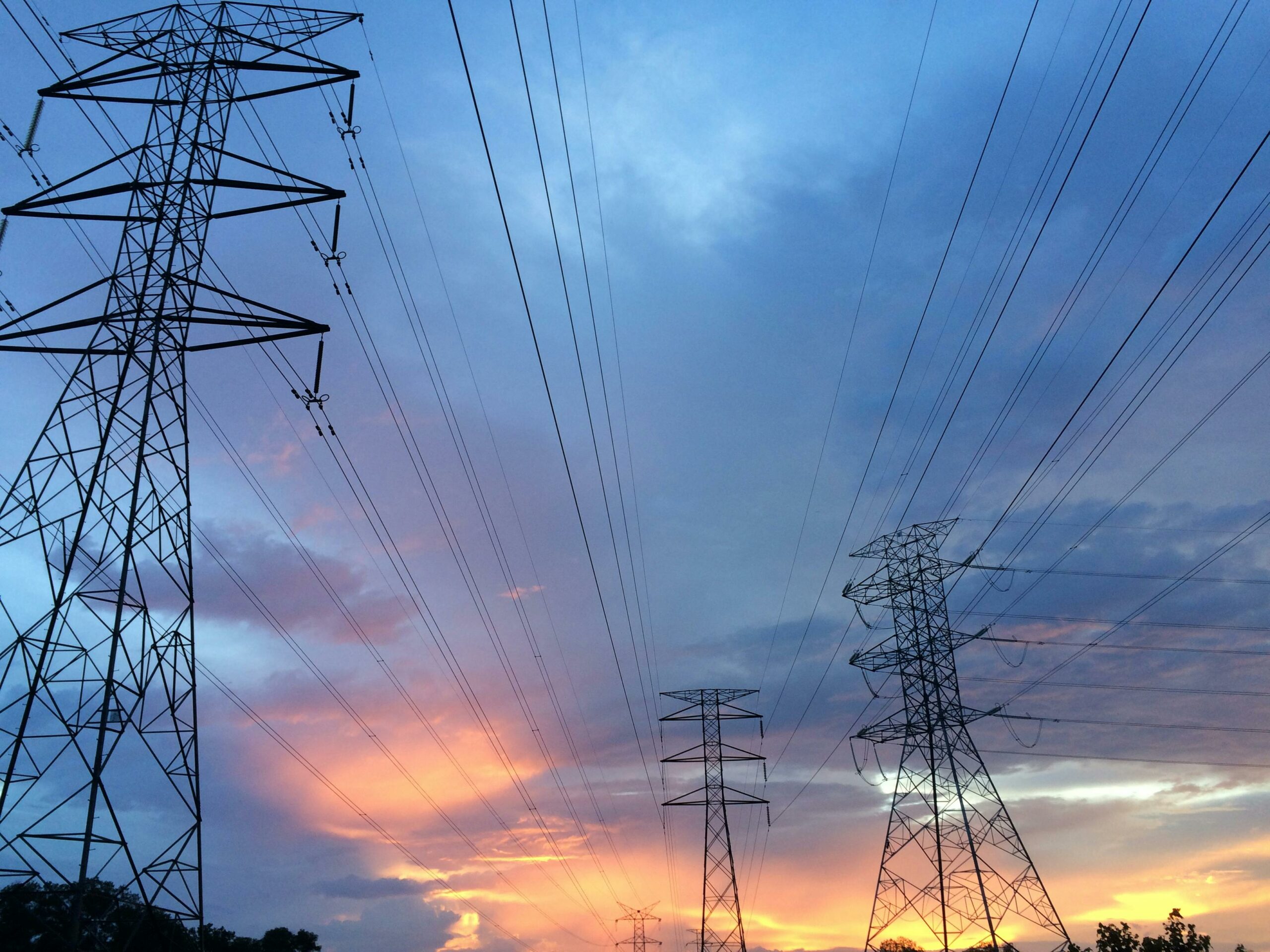The new electricity tariff in Malaysia will increase operational costs of data centers due to higher base tariffs and increased charges for network and capacity, said Sr Samuel Tan, Founder and CEO of Olive Tree Property Consultants. “While some measures like the Corporate Renewable Energy Supply Scheme (CRESS) aim to mitigate these impacts, the overall effect will likely be increased operational cost for the data centers,” he said.
Tenaga Nasional Berhad (TNB), Malaysia’s leading energy solutions provider, has introduced new tariff rates which will take effect on 1st July. The base tariff rate for Peninsular Malaysia will be increased from 39.96 sen per kWh to 45.62 sen per kWh under the regulatory period (RP4) that will run from 1 July 2025 to 31 December 2026.
Describing the change as a complete overhaul of how electricity is charged to consumers in Malaysia, Tan explained that the new tariff structure will be voltage-based, meaning heavier users like data centers will face higher energy, capacity, network and retail charges.
“Data Centers, as high-voltage users will likely see increased charges for network and capacity, reflecting the infrastructure needed to support their high electric consumption,” Tan said.
The incentive under the new Time-Of-Use (ToU) scheme, while beneficial for some, may not significantly impact data centers as they operate 24/7 and cannot easily shift their load to off-peak hours, the property consultant explained.
Furthermore, while the Corporate Renewable Energy Supply Scheme (CRESS) program allows data centers to source green electricity directly from renewable energy generators potentially mitigating the impact of the tariff increases, to participate requires paying an access fee.
Moreover, the monthly adjustments based on fuel prices and foreign exchange rates, will potentially lead to more frequent fluctuations in electricity cost. The impacts will not just be on the data centers but also on the profitability of Small and Medium Enterprises (SMEs) within the sector.
In anticipation of higher costs, several data centers in Malaysia have signed Power Purchase Agreements (PPAs) with (TNB) in the run-up to July 1, 2025. According to Tan, these agreements are part of the broader trend of increasing data center development in Malaysia, driven by international tech companies and government support. “TNB has already signed PPAs with numerous data center projects, including those in Johor and other locations,” he said.
Existing PPAs include the 400MW power deal between Bridge Data Centers and TNB signed under CRESS, as well as the recent 500MW deal between DayOne and TNB, also under CRESS. More data centers are expected to follow suit in view of the upcoming higher energy costs.
Sr Samuel Tan
Mitigation measures
Apart from participating in the CRESS programme to obtain green electricity directly from green energy generators, other approaches must be made in order to mitigate the higher costs, Tan suggested. He added that although the CRESS Programme requires a fee, “these fees help cover the costs of upgrading the network to accommodate the increased demand.”
“Achieving Green Building Index (GBI) certification can help data centers optimize energy efficiency and reduce their environmental impact which will potentially lead to cost savings through rebates or incentives. Also, implementing energy-efficient technologies and practices in data centre design, construction, and operation, can significantly reduce overall energy consumption and lower electricity bills. Industrial battery storage may be required to store excess energy during the Off-Peak Hours for Peak Hours usage or downtimes,” the CEO elaborated. Other options could include procuring green power through renewable energy sources through programmes like the Green Electricity Tariff, Tan added.
New tariff structure
From 1 July 2025, account holders in Peninsular Malaysia will see changes to their electricity bills. The Energy Commission which had approved the new tariff structure, said it would provide a more equitable and progressive electricity tariff for over 23.6 million users in Peninsular Malaysia. The revamp is meant to reflect the true cost of electricity supply from generation to distribution, while encouraging efficient use of electricity through incentives and rebates.
The new structure breaks down the electricity bill by components and it adapts quicker to fuel price fluctuations. In addition, users can sign up for a Time-0f-Use (ToU) scheme which offers lower rates during off-peak hours.
According to Tan, with the new tariff structure, the charges are now broken down to five key components – Energy, Automatic Fuel Adjustment (AFA), Capacity, Network and Retail. Other set charges are Capacity Charge at 4.66 sen per kWh, Network Charge at 12.85 sen per kWh and Retail Charge at RM10 per month. With all the components combined, consumers using up to 1,500 kWh per month would pay an average of 44.5 sen per kWh for electricity before any applicable tax, AFA, rebates and incentives.
TNB’s website explains that the Energy Charge is fuel costs used for electricity generation; Capacity Charge is Capacity payments under PPAs and Service Level Agreements (SLA); while Network Charge covers the cost of delivering electricity to users’ premises, including infrastructure maintenance and upgrades. The Retail Charge meanwhile covers the cost of customer service, billing and account management.
The Automatic Fuel Adjustment (AFA) will be reflected on a monthly basis in users’ electricity bill if there is any fluctuation in the market fuel prices and foreign exchange rates. This information will be displayed on the Energy Commission’s website.
In addition to the above charges, 1.6% of Renewable Energy Fund (RE Fund) is chargeable to all customers except for domestic customers with total consumption of 300 kWh and below per month.





